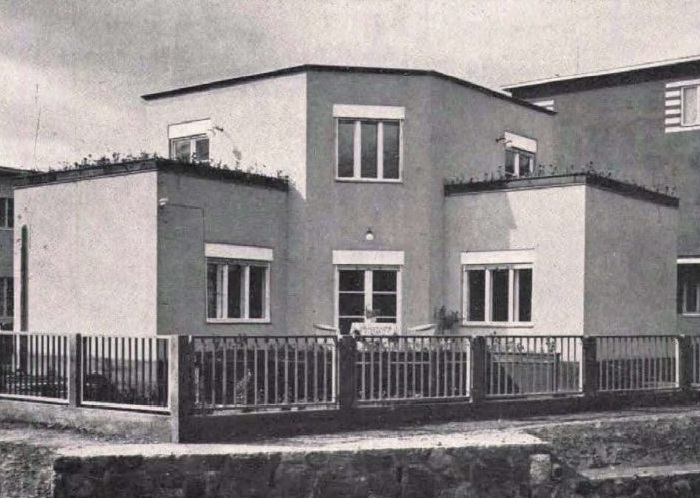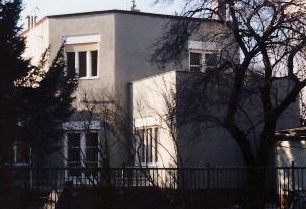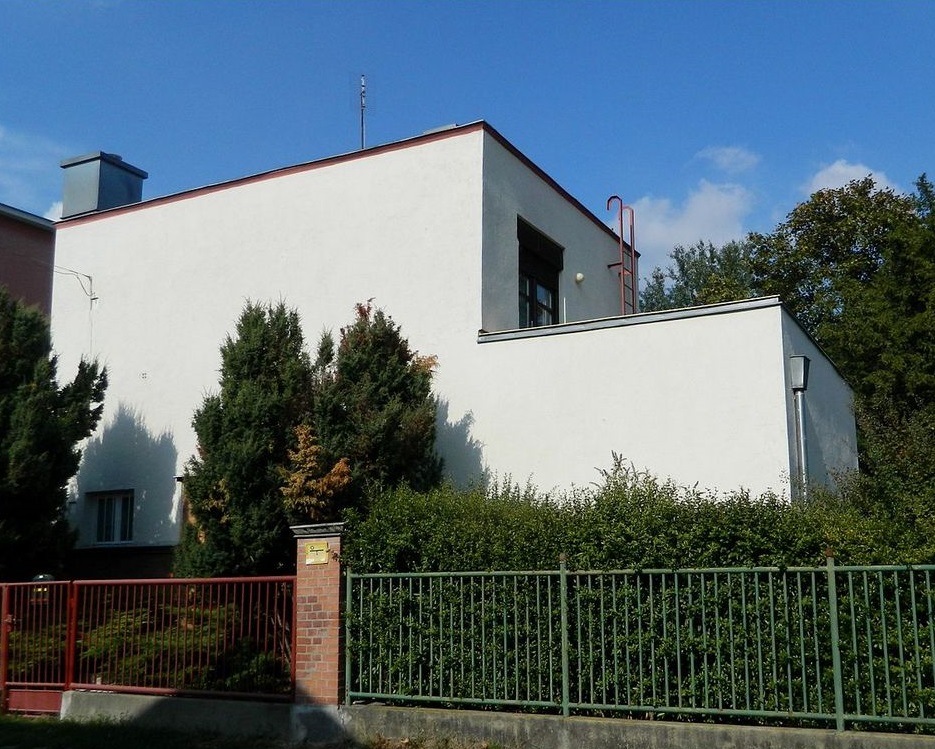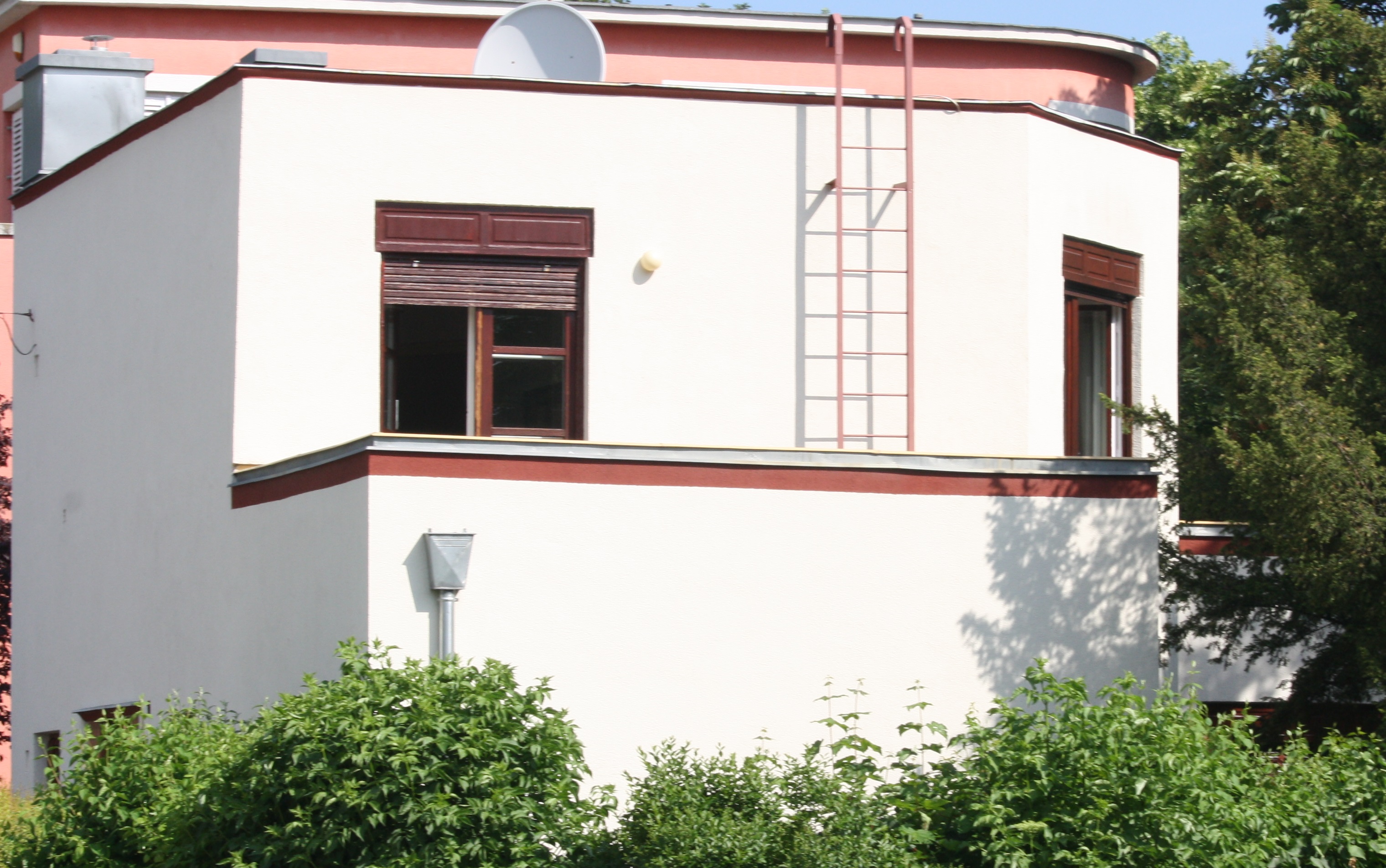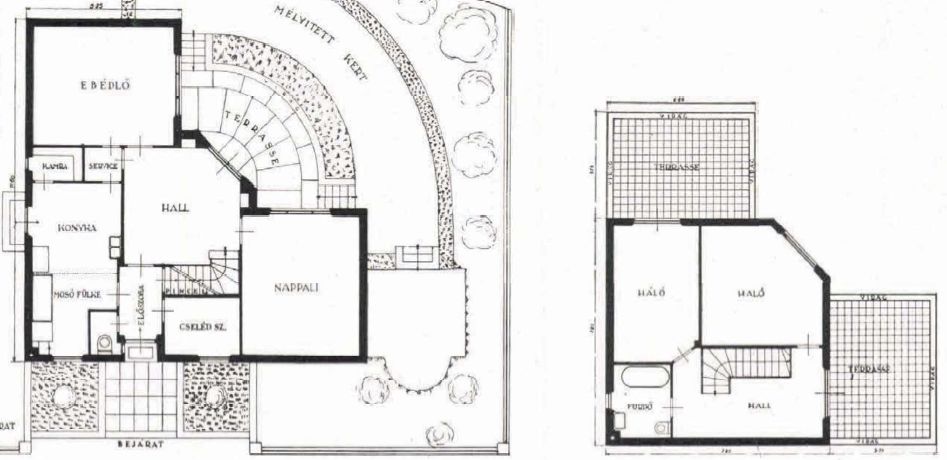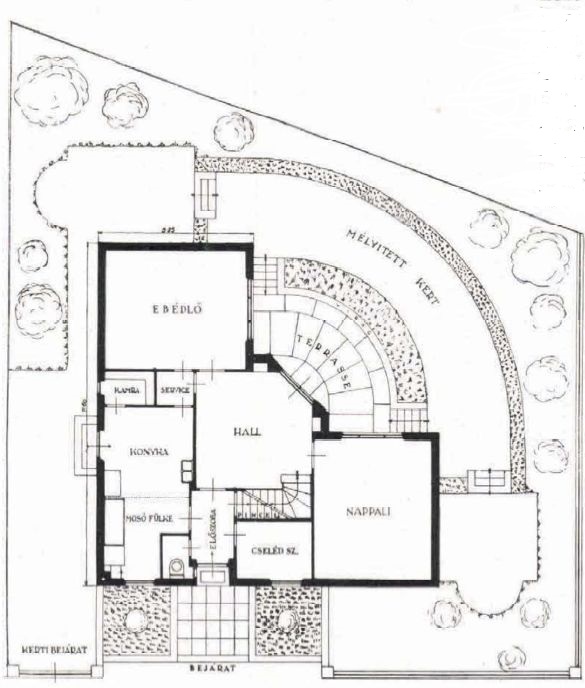Napraforgó street 1.
Architect: László Vágó
Nagyvárad, 1875 – Budapest, 1933, architect, outstanding personality of art nouveau architecture in Hungary
He studied in a building trade school until 1893, and then he was working in the office of Ignác Alpár. He designed a settlement plan for the Gellért hill and the Buda bridgehead of Erzsébet bridge which won the gold medal of the Hungarian Association of Engineers and Architects. After a trip abroad, in 1902, he opened a joint office together with his brother, József Vágó in Budapest. They made plans jointly for the National Saloon (1906), the Gutenberg house (1906), the Feld playhouse in Városliget (1908), the Arcade bazaar (1908) in Budapest, as well as for the headquarters of Alföldi Takarékpénztár in Debrecen (1911). From 1911 the brothers worked separately. László Vágó designed apartment houses, villas, theatres (apartment houses in Attila street, Budapest, 1911-14; National Theatre in Miskolc, Vígszínház in Budapest, reconstruction of Parisiana nightclub from 1911). At the end of the 1920s he designed plans together with Ferenc Faragó for the community centre, cemetery and heroes’ garden of the synagogue in Dohány street, Budapest. In 1928 he joined the CIAM group. He is resting in the Farkasrét Israelite Cemetery in Budapest. His tombstone is adorned with the reliefs of the most important buildings which he planned together with his brother.
Source of photos: Tér és Forma 1931/10, 305-326, Vékás András, Megyeri Gábor
Source of ground-plans: Tér és Forma 1931/10, 305-326

